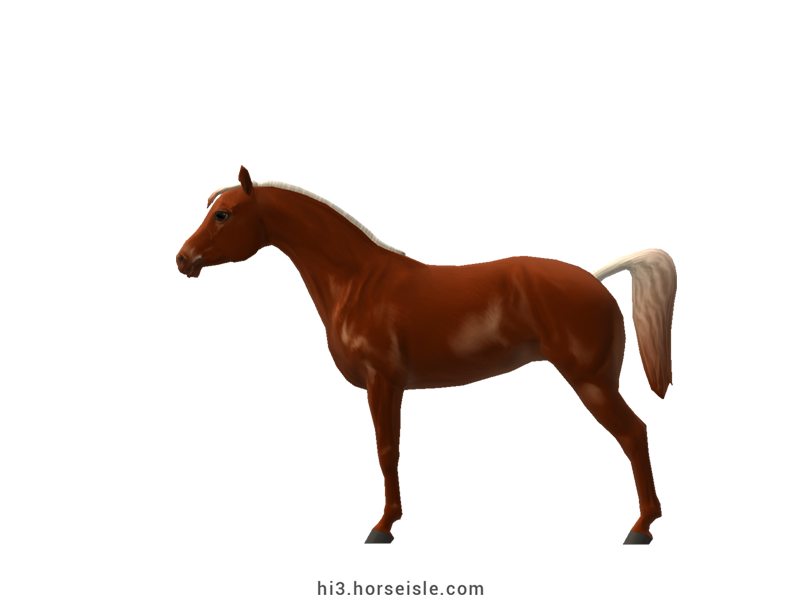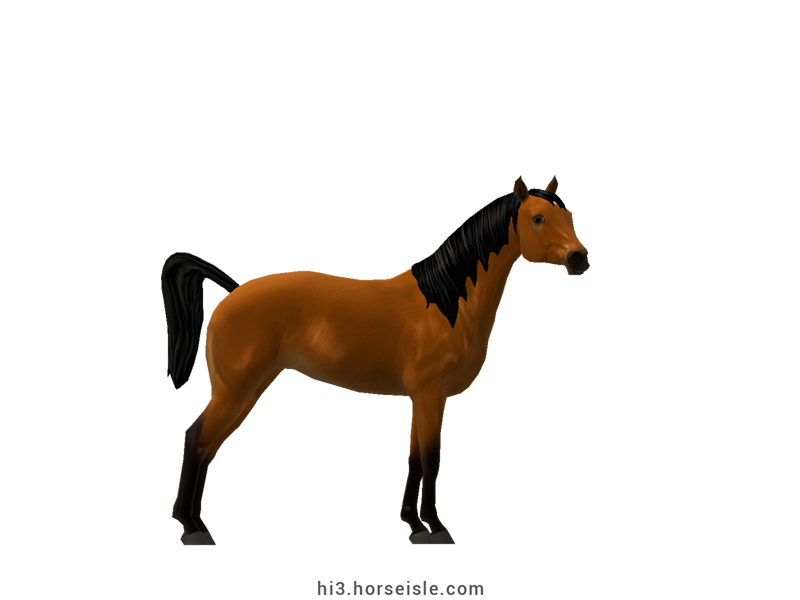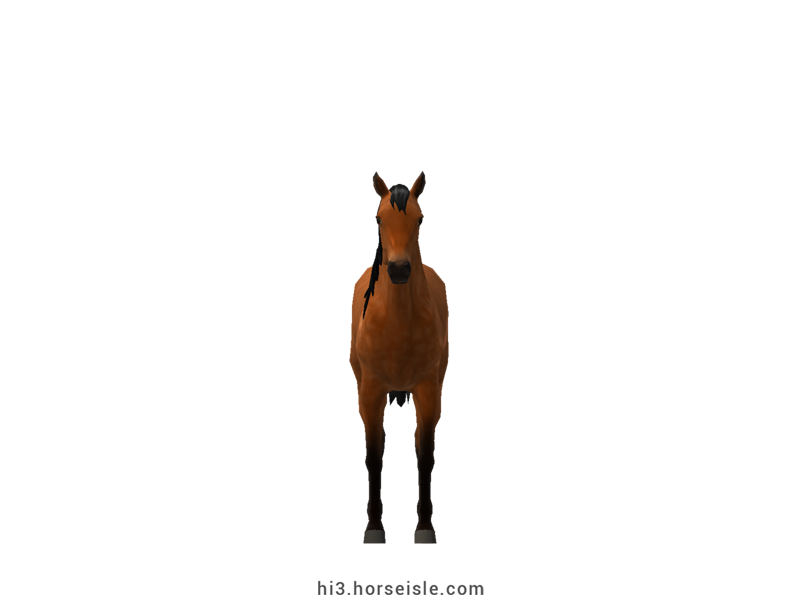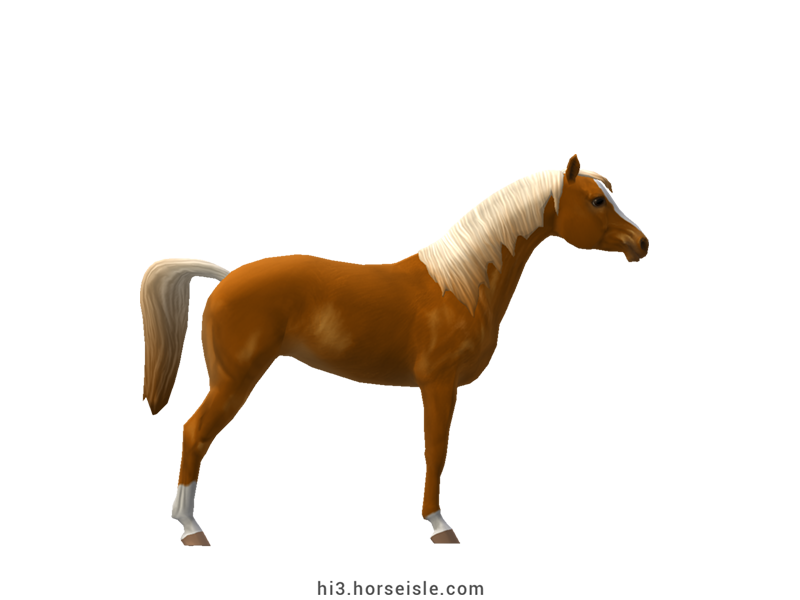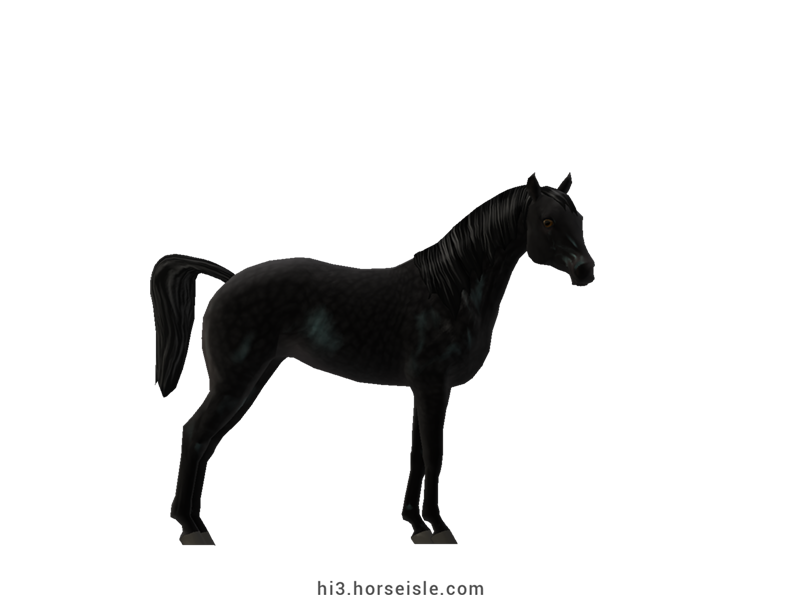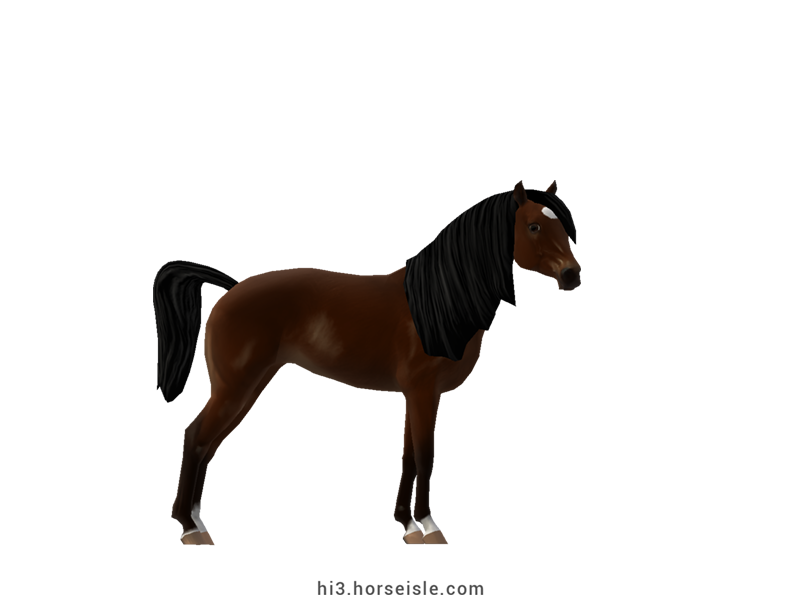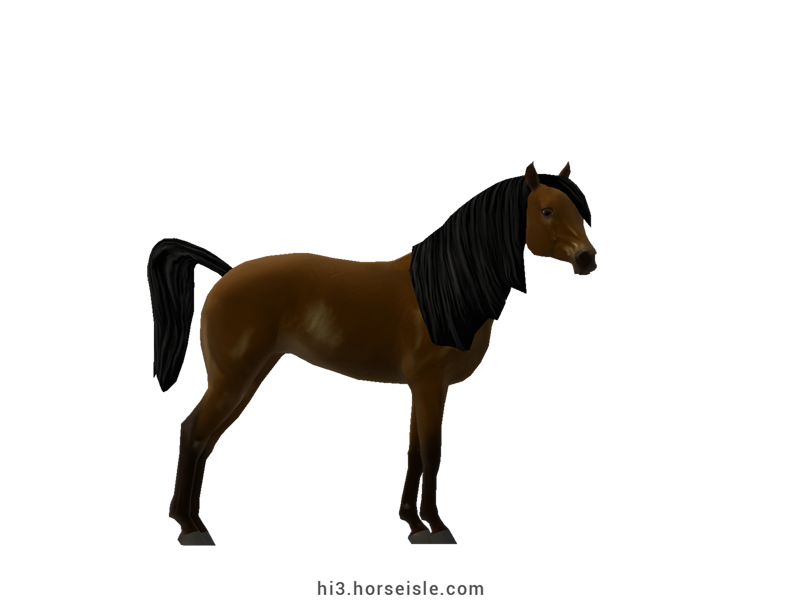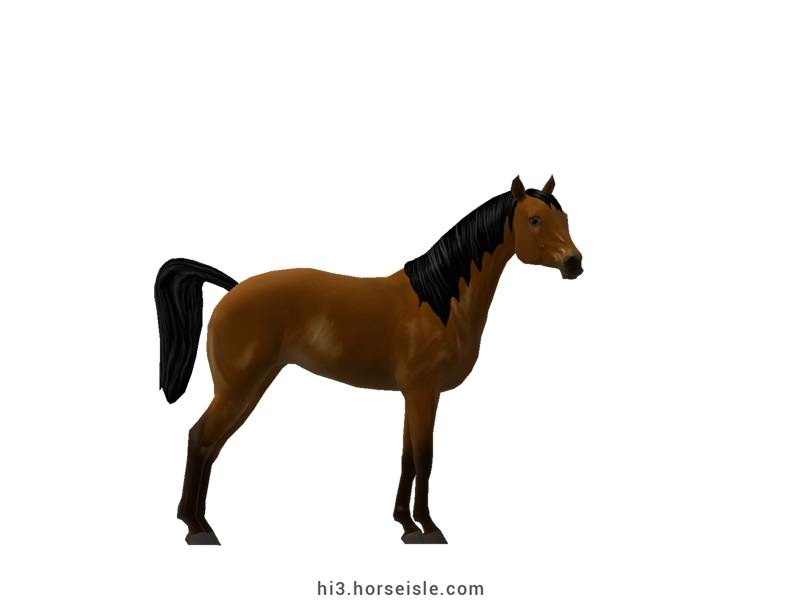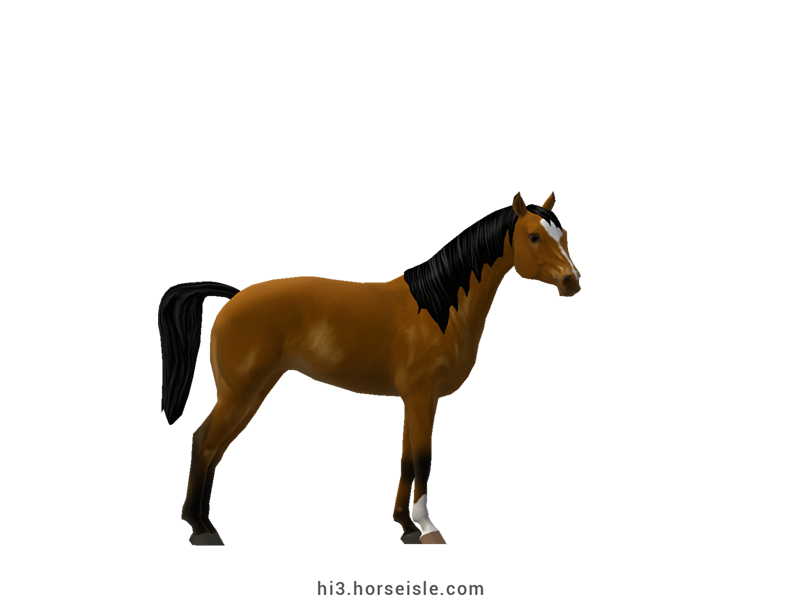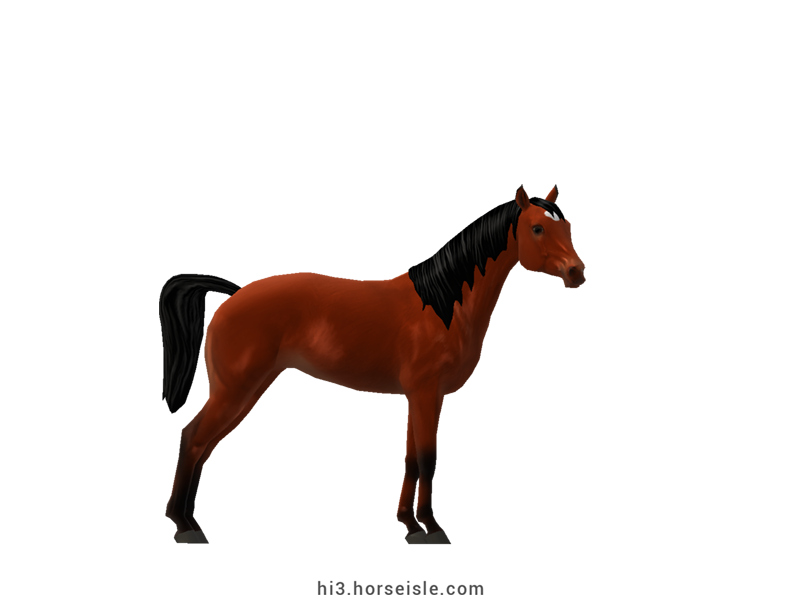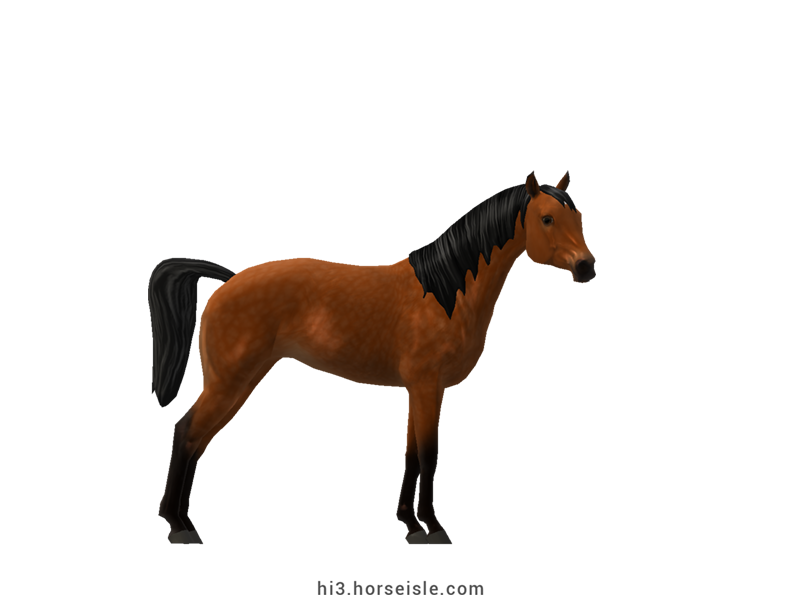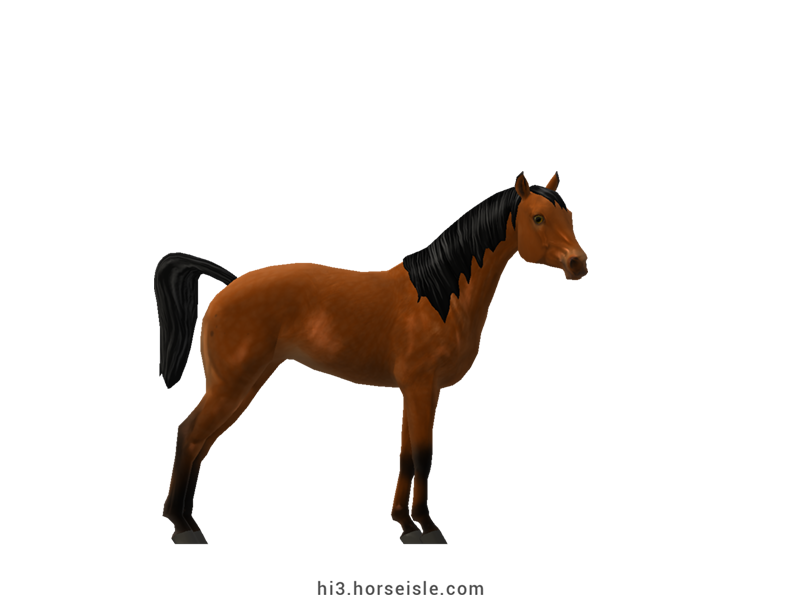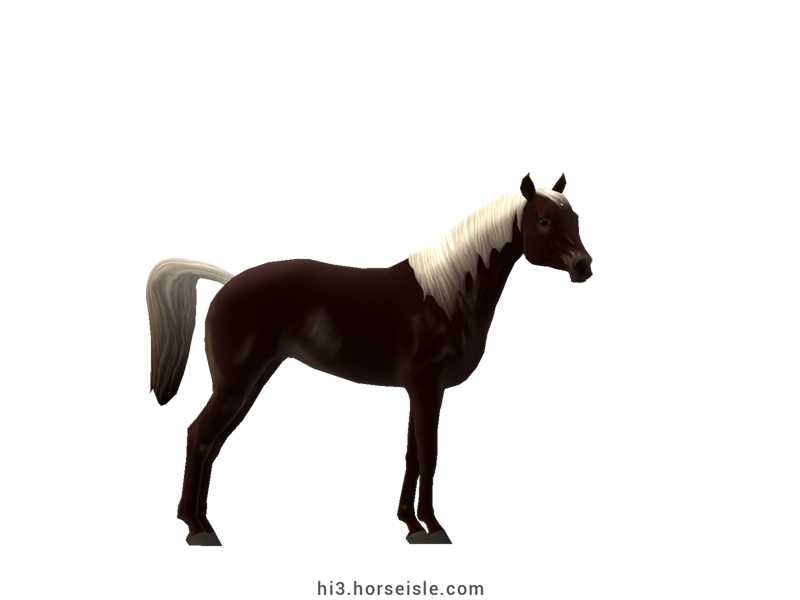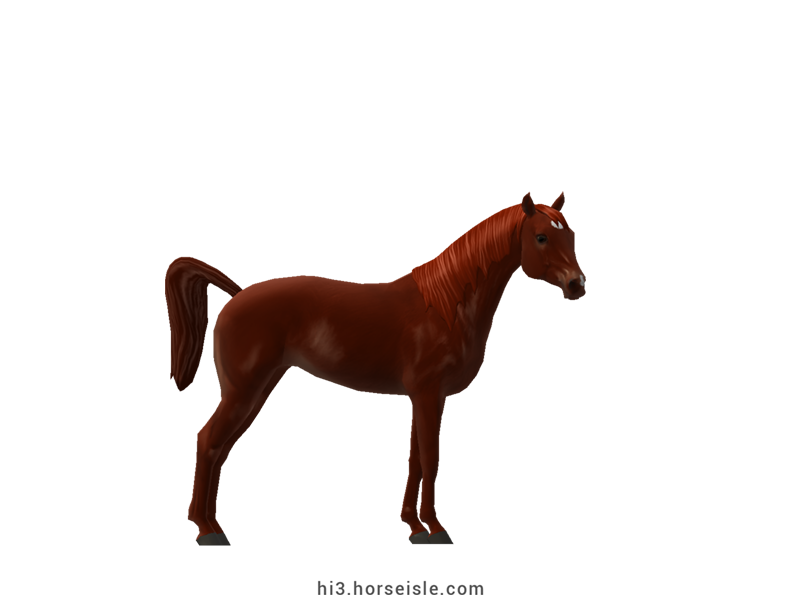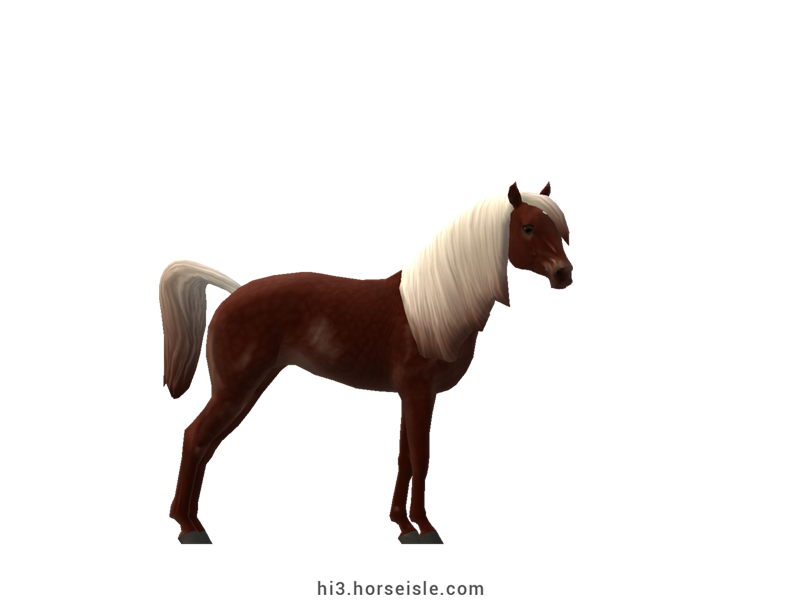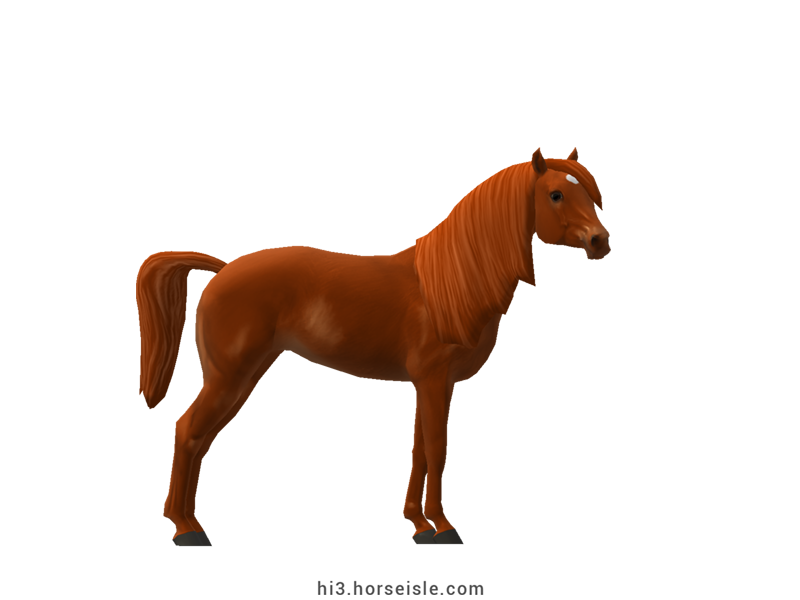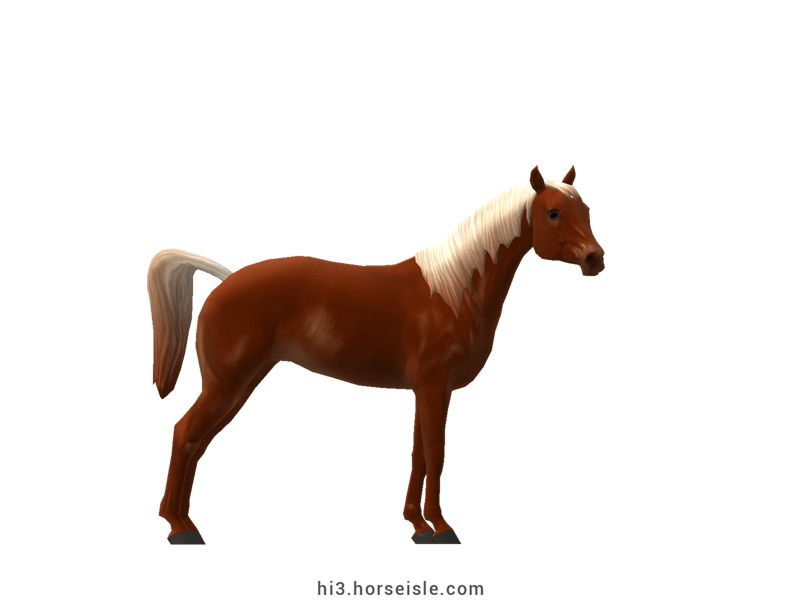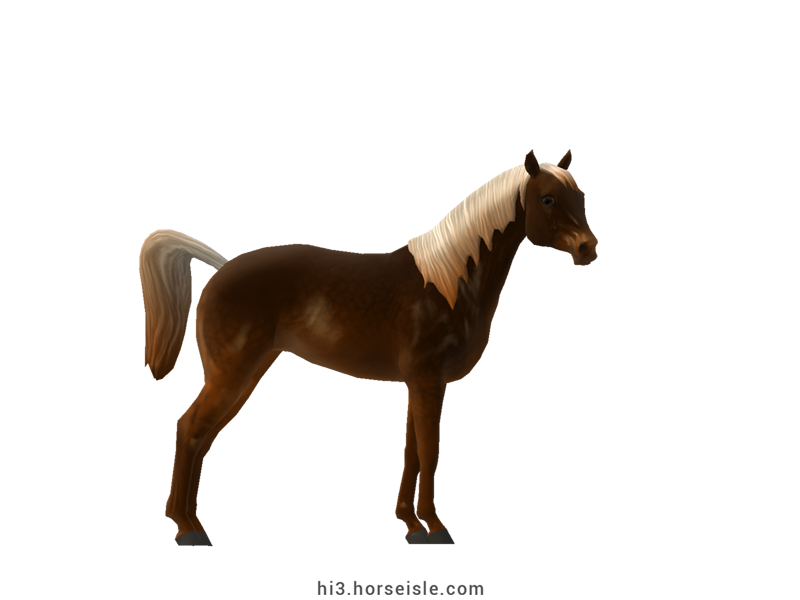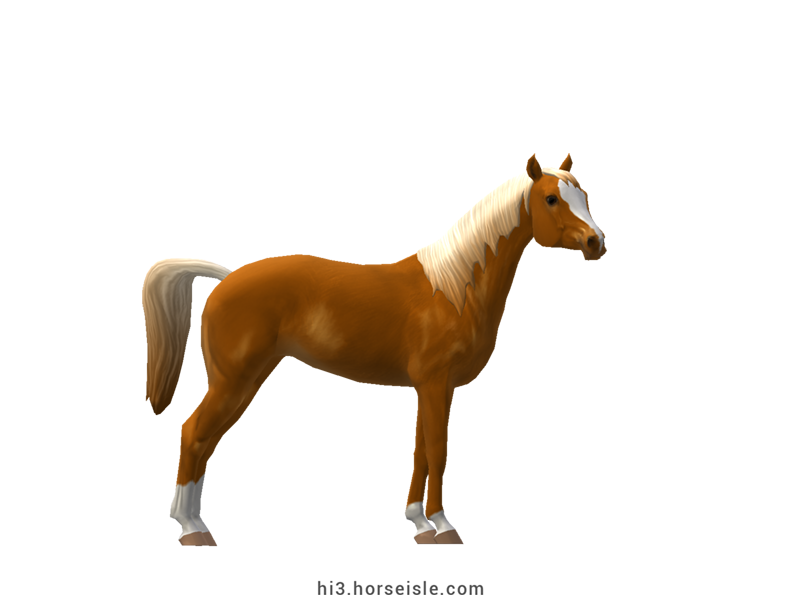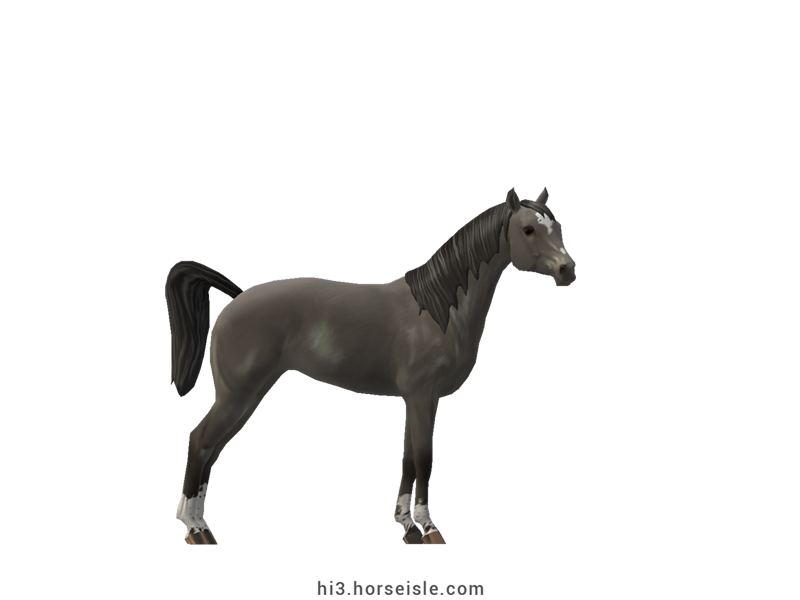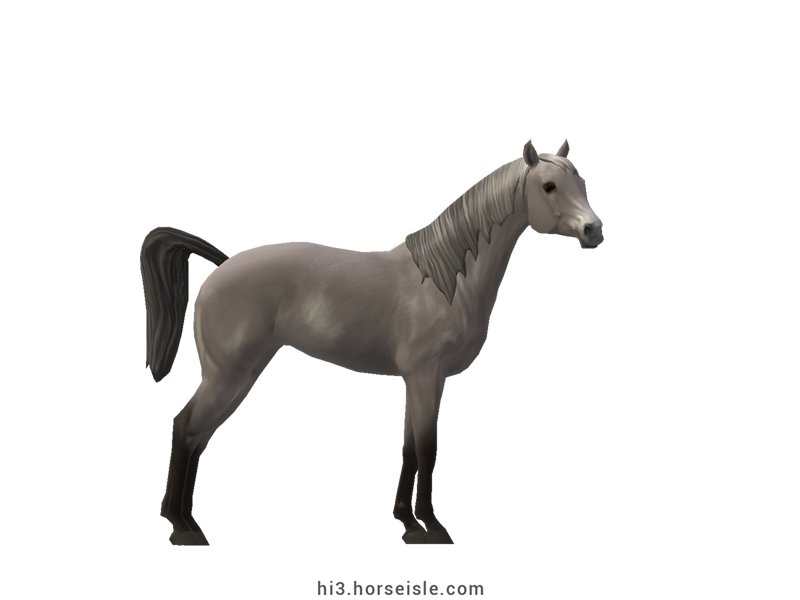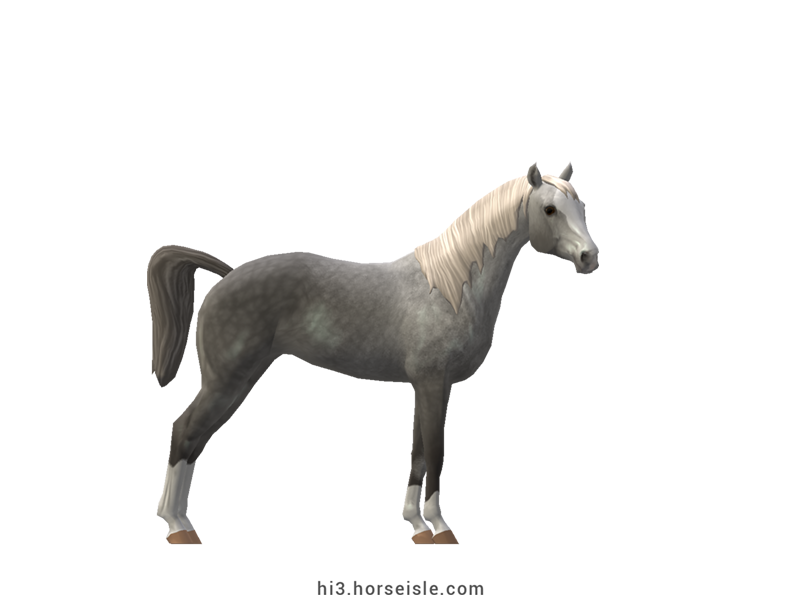Our Massive Real World Equine Reference!
[ INDEX ] Equine Type: Horse Breed: Egyptian Arabian [ PREV ] [ NEXT ]
A '19th' century breed of ancient origins:
The ancestors of the Egyptian Arabian were purebred Arabian horses of pure Desert strains, who were imported to Egypt during the 19th century. They were obtained from various Bedouin tribes, most of which were from Arabia, by Muhammad Ali of Egypt (also known as 'Muhammad Ali Pasha') who ruled Egypt at the time.
Muhammad carefully bred these Arabian horses to maintain their purity, and documented the exact ancestry of each horse in the program. After he passed away in 1849, his grandson, Abbas Helmy I of Egypt (also known as 'Abbas Pasha'), took over the breeding program.
In addition to breeding and documenting these horses, Abbas also imported additional purebred Arabians of pure Desert strains, thus expanding the breeding pool. These newer Arabian horses are also the ancestors of today's Egyptian Arabian horses.
Disbanding the original herd:
In 1854, Abbas Pasha died, and after several years, his son, who had no interest in his father's breeding program, decided to sell the horses to various buyers. One of these buyers was Ali Pasha Cherif, who bought several dozens of the finest horses in the herd, and maintained their breeding program in Egypt on a smaller scale.
Several years later, Ali Pasha Cherif sold some of his finest Egyptian Arabians to Lady Ann Blunt, who shipped them to her stables in England, where they became the ancestors of the Crabbetbred Arabian strain (see the 'Crabbetbred Arabian' for more info).
The ancestor of Arabian strains:
Over the years, the Egyptian Arabians became renowned all over the world for their elegant conformation, as well as for their intelligence, endurance, and overall performance. They were exported to numerous countries, where they were used in order to establish new Arabian strains, such as the Polish, Spanish, and Russian strains, as well as for refining other horse breeds.
The official formation of the 'Egyptian Arabian':
In 1908, the Egyptian Royal Agricultural Society (today known as the 'Egyptian Agricultural Organization') was established, with the aim of preserving this unique strain of the Arabian horse. They located pure Arabian horses from Ali Pasha Cherif's herd, and started to breed and document these horses in order to maintain their purity. These horses became known as Egyptian Arabians.
Accordingly, by today's standards, an 'Egyptian Arabian' is any Arabian horse who is a pure descendant of these bloodlines, meaning that its pedigree can be traced back to Ali Pasha's herd and, therefore, can also be traced all the way back to the 'desert bred' horses from which the Egyptian Arabian originally evolved.
The Egyptian Arabian today:
Today, Egyptian Arabians are popular in halter shows because of their iconic and delicate Arabian conformation. In addition, these versatile horses are also good riding horses, both in English and Western disciplines, but especially in endurance riding.
Conformation:
The Egyptian Arabian can be described as the Arabian strain with the most delicate-looking conformation, although this doesn't mean that this horse is fragile.
The head is short and often exhibits the most concave (dished) profile among Arabian strains. The eyes and nostrils are large while the ears are relatively small. The neck is extremely arched, and horses are trained to stretch it 'up-and-forward' while sticking their head forward, hence one of the variations of this breed's conformation in Horse Isle.
The back is short, connecting to a horizontal or nearly-horizontal croup. The tail is of high-set, naturally held high especially when the horse moves, but many horses are trained to accentuate it while standing in place.
The hair of the mane and tail is silky, with the mane being either medium or long in length. The legs are clear from feathering.
Performance metrics:
The following are the: range, average, (SD), and MOE of performance metrics of ordered Egyptian Arabians in Horse Isle (not bred ones). In rare cases,
Speed: 14.4-16.3, 15.5 (0.4), 0.08.
Sprint: 37-52, 43 (3), 0.59.
Accel: 0.84-0.98, 0.92 (0.03), 0.01.
Decel: 0.75-0.86, 0.81 (0.03), 0.01.
Jump: 4.78-5.11, 4.96 (0.07), 0.01.
Pull: 1.48-2.22, 1.75 (0.14), 0.03.
Turning: 40.43-53.83, 46.66 (2.79), 0.55.
Reverse: 2.0-2.7, 2.4 (0.1), 0.03.
Stamina: 38.83-44.67, 41.81 (1.31), 0.26.
Reaction: 0.68-0.78, 0.73 (0.02), 0.00.
Coats & Height:
Colors: bay, black, brown, chestnut, grey, and dominant black.
Additionals: flaxen, which is extremely common. Linebacked, rabicano, sooty, white-spotted, all rare patterns.
Height: usually 14hh to 15.1hh, but can be as tall as 16.1hh.
(For more information about the Desert strains from which the Egyptian Arabian was developed, see the Arabian strains 'Koheilan', 'Muniqi', and 'Saqlawi'.)
[ INDEX ] [ PREV ] [ NEXT ]

